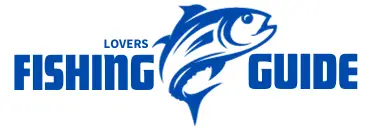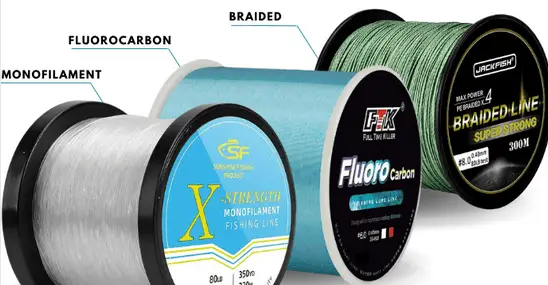When it comes to fishing lines, anglers have three main options: monofilament, braided, and fluorocarbon lines. Each type has unique characteristics and is most effective for different fishing tactics and conditions.
Selecting the right fishing line is crucial for successful angling. With monofilament offering good shock strength, braided lines providing precision, and fluorocarbon lines having minimal stretch, the choice depends on the fishing method and conditions. Understanding the pros and cons of each fishing line type is essential for maximizing fishing success.
In this comprehensive guide, we’ll delve into the nuances of monofilament, braided, and fluorocarbon lines, exploring their benefits and best applications for anglers of all levels. Whether you’re casting into freshwater or saltwater, knowing the ideal fishing line type for your specific fishing style is imperative for landing that prized catch. Join us as we navigate through the intricacies of different fishing lines, ensuring you’re equipped with the knowledge to make the best choice for a successful fishing expedition.
Different Types Of Fishing Lines
Explore the diverse world of fishing lines, including monofilament for shock strength, braided for precision, and fluorocarbon with minimal stretch. Each type suits specific fishing styles and conditions, offering anglers versatile choices to enhance their fishing experience.
When it comes to choosing the right fishing line, anglers have several options to consider. Each type of fishing line has its own unique characteristics and advantages. Let’s take a closer look at the :
Monofilament Lines
Monofilament lines are made from a single strand of nylon, making them incredibly versatile and suitable for various fishing applications. These lines are known for their flexibility, easy handling, and excellent knot strength. Monofilament lines also have good shock resistance, which is important when dealing with aggressive fish species. Furthermore, they have more buoyancy than other types of lines, allowing for better lure presentation and preventing the bait from sinking too quickly.
Fluorocarbon Lines
Fluorocarbon lines have gained popularity among anglers due to their excellent invisibility underwater. These lines are made from a blend of fluorocarbon polymers, making them nearly invisible to fish. Fluorocarbon lines also have a higher density than water, causing them to sink, which can be advantageous in certain fishing scenarios. Additionally, fluorocarbon lines have low stretch, providing better sensitivity and improved hooksets. However, it is important to note that fluorocarbon lines tend to be stiffer than other types of lines, which can impact casting distance.
Braided Lines
Braided lines are made by weaving together multiple strands of synthetic fibers, such as Spectra or Dyneema. These lines are known for their high strength-to-diameter ratio, making them ideal for targeting large fish species. Braided lines have minimal stretch, providing excellent sensitivity and instant hooksets. They also have a thin diameter, allowing for increased line capacity on the reel. However, it is important to pair braided lines with a monofilament or fluorocarbon leader for improved shock absorption and to prevent line breakage when fighting powerful fish.
When To Use Fluorocarbon Line
- When fishing in clear water or highly pressured fishing areas
- When fishing with finesse techniques or using small baits
- When targeting line-shy or finicky fish species
- When fishing in deep water where sensitivity is crucial
When To Use Braided Line
- When fishing in heavy cover or dense vegetation
- When targeting large, aggressive fish species
- When long casting distance is required
- When fishing in situations where high strength and low stretch are important
By understanding the different types of fishing lines and their unique characteristics, anglers can select the most suitable line for their fishing needs. Whether it’s monofilament, fluorocarbon, or braided line, each type offers its own advantages and can greatly enhance fishing success.
So next time you hit the water, make sure you have the right fishing line for the job!
Frequently Asked Questions Of Types Of Fishing Lines
Which Fishing Line Is Best?
The best fishing line depends on the fishing method and conditions. Options include monofilament, fluorocarbon, and braided lines. Each has unique characteristics for effective use. Example brands: Seaguar Tatsu for fluorocarbon, Maxima Ultragreen for monofilament, and Sufix Performance Braid for budget braid.
What Are The Three Main Types Of Fishing Line?
The three main types of fishing line are: 1. Monofilament lines 2. Braided lines 3. Fluorocarbon lines Each type offers unique characteristics suited for different fishing methods and conditions.
Conclusion
In the world of fishing lines, each type offers unique advantages for various fishing techniques. Monofilament provides shock strength, while braided lines offer precision. Fluorocarbon excels under pressure, and copolymer combines strength and stretch. Understanding these differences will help you choose the right line for your next fishing adventure.

